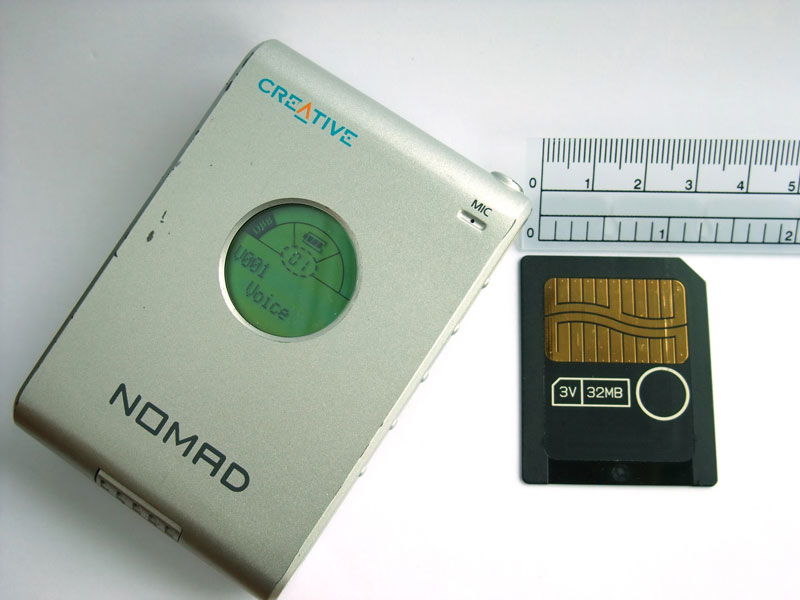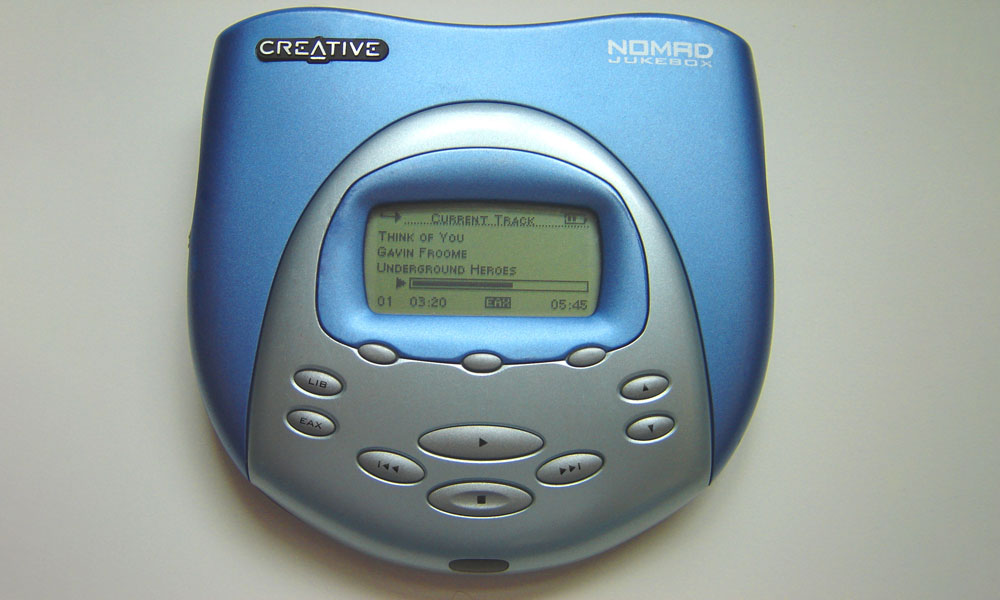This Is How Apple Kept the Original iPod Prototype Top Secret
 Credit: Panic
Credit: Panic
Toggle Dark Mode
This month marks the 20th anniversary of one of Apple’s most iconic and revolutionary products, the humble iPod digital audio player. Not only did the pocket-sized player change the way we listen to music, but it was also Apple’s first really big secret project.
Prior to 2001, Apple Computer, Inc, as it was still known at the time, was essentially all about the Mac. Sure, the company tried its hand at a few other things back then, but they all turned out to be flops at best, and some of its most unusual and ambitious products never saw the light of day.
More significantly, however, when Steve Jobs returned in 1997, he killed all of these quirky little side projects dead to put Apple’s focus squarely back on the Mac. After slashing and burning all of his predecessor’s pet projects, it’s fair to say that nobody expected Jobs to come up with the iPod only four years later.
Jobs also differed from his predecessor in one key area, which was a penchant for extreme secrecy on unreleased products. While Apple’s previous CEO, John Sculley, had been eager to show off even the most preliminary concepts for products like the Newton, Jobs kept everything under tight wraps until there was a finished product that was ready to actually land in customer’s hands.
Such was the case with the iPod, and now one Apple developer, Panic, is giving us a glimpse of the steps Apple went to in order to keep the iPod top secret until the very last minute.
The Era of the First iPod
The iPod wasn’t the first portable media player, but it was on its way to being the tiniest in its class. Other small portable digital audio players of that era came with 32-64MB (yes, that’s an “M”) of flash storage, which allowed them to hold about an album’s worth of MP3 files.
Meanwhile, the only popular digital audio player with any real amount of storage was Creative Labs’ original Nomad Jukebox, which had a 6GB hard drive and was the size of a portable CD player.
Needless to say, as Apple was preparing to put 1,000 songs in your pocket on a device that was about the size of a deck of cards, it wasn’t taking any chances on letting anybody get wind of this revolutionary new device. After all, it was one thing if people heard that Apple was working on a digital audio player, but the real surprise with the iPod was going to be how small Apple was able to make it.
So, Apple came up with a way to disguise what it was working on by packing it into a case that was about the size of a portable DVD player — devices that were actually quite common at the time. Anybody who came across this behemoth would have likely had no idea what it was even supposed to be, much less how small the finished product would turn out.
Shortly after Panic posted its photos of the prototype casing, somebody on Twitter reached out to Tony Fadell, the “father of the iPod”, who confirmed the accuracy of the photos and added some additional commentary.
Contrary to the theory that Apple needed the space to house large circuit boards, it was actually “mostly air inside” according to Fadell, who also noted that the wheel worked, but only poorly.
The original iPod didn’t feature the “Click Wheel” that came to later generations; discrete buttons were used for up, down, left, and right, and these were placed separately on the larger casing.
Fadell also shared that during the iPod years, Apple became the number one customer in the world for 2.5-inch and 1.5-inch hard drives as well as NAND flash, to the point of having to partner with Samsung to build new factories practically overnight just to keep up with demand.
Years later, Apple followed a similar strategy with early prototypes of the Apple Watch, in this case disguising them in such a way that casual observers might mistake them for an iPod nano. However, those casings were far less extreme than what Apple did to keep the original iPod a secret, but it’s also fair to say it was a very different era, and miniaturization was a much bigger deal twenty years ago than it is today.









